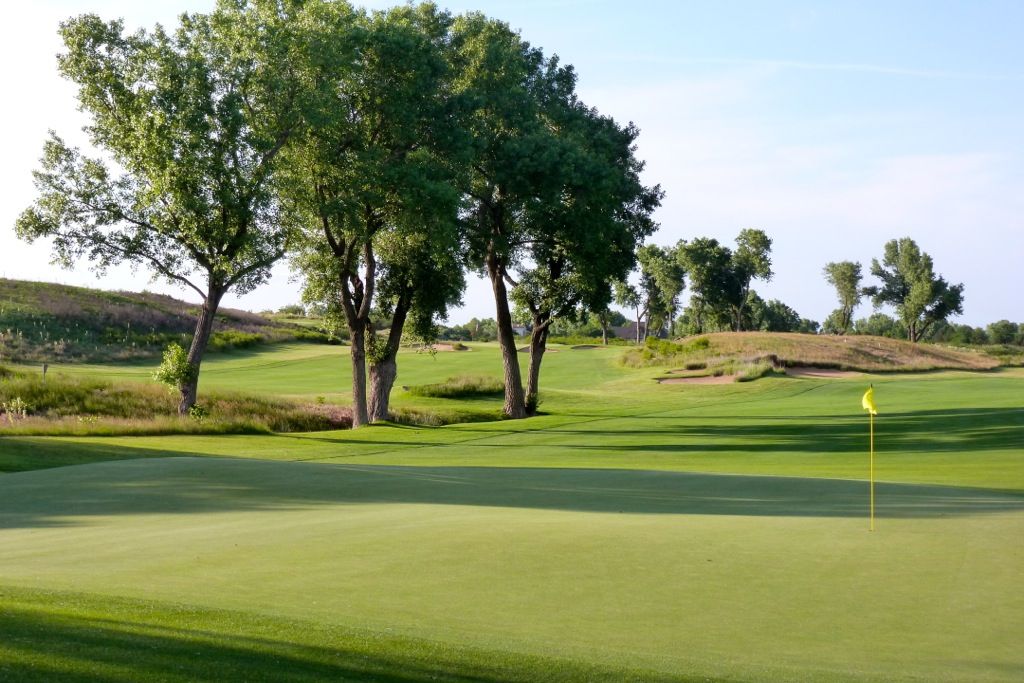

The start to a perfect day at Prairie Dunes...
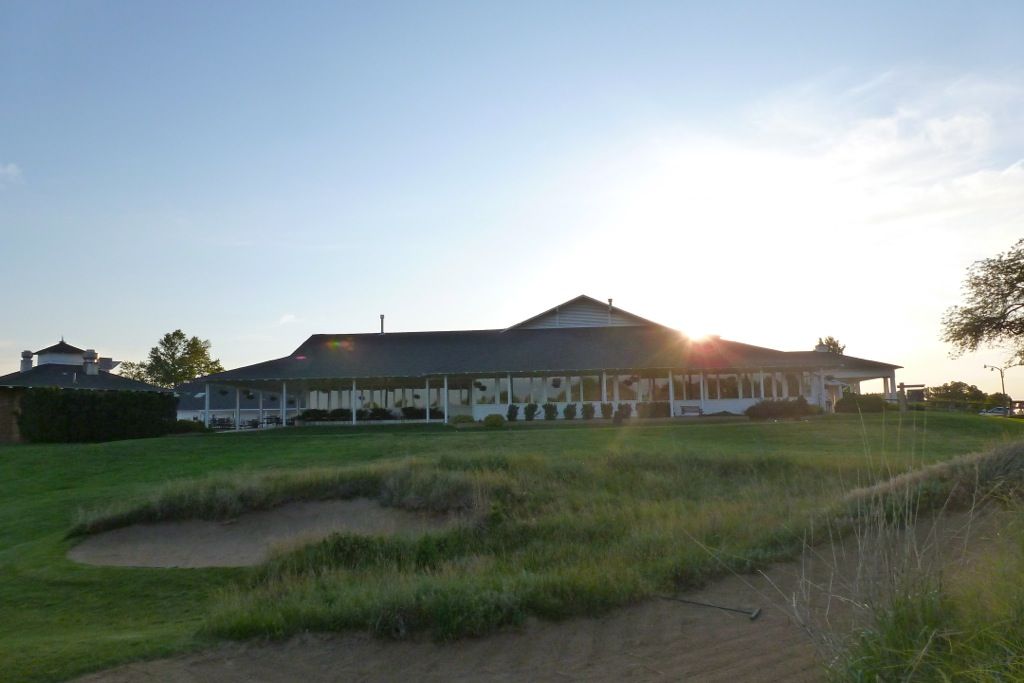
Prairie Dunes = Grounds for Golf
 The Routing
The RoutingOriginally looked like this (the original 9 holes were laid out by Perry):
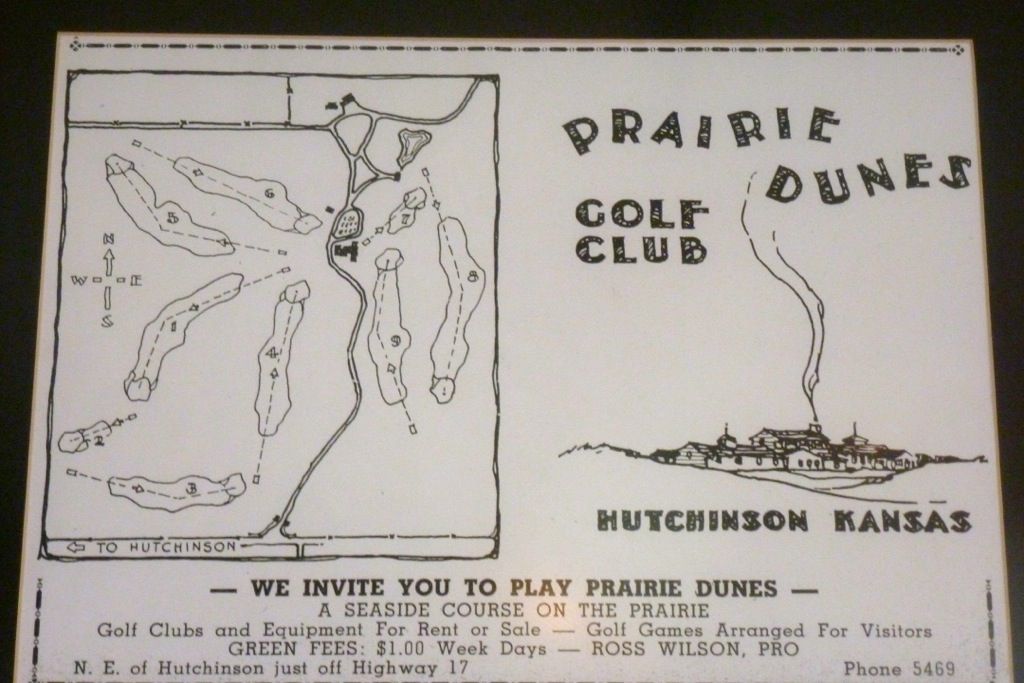
And the completed 18 looks like this:
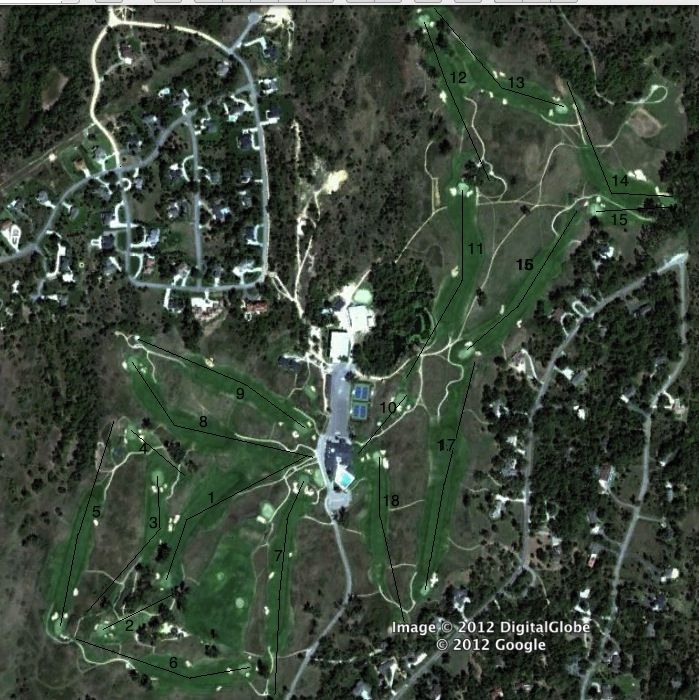
Perry's original 9 is completely intact, with the exception of hole 8 (now 17), which had its original tee moved farther to the left changing what was once a dogleg into a now straightaway hole.
The Perry holes are: 1, 2, 6, 7, 8, 9, 10, 17 and 18.
The Press holes are: the rest

Much like the acclaimed Crystal Downs, the routing at Prairie Dunes has two distinct sections. The first 11 holes at PD treks in and out of the, well, dunes. Once the golfer leaves the 10th green he finds himself on flatter, more links-like terrain (similar to the transition from 11-12 at Crystal Downs). Again, just like at CD, the final two holes return to the original character of the course, leaving the flatter terrain behind.
One of my favourite posts on GCA.com comes from Ian Andrew regarding Prairie Dunes:
There are few courses more surprising than Prairie Dunes. The hour long drive in from Wichita makes you wonder where you made the wrong turn. Itís only a quarter mile from the course where you see the first slight rise. There is not a single dune right up until you get to the golf course, and then there they are fifty feet high, a series of dunes reminiscent of the coastline in Scotland. It only makes sense once you realize that Kansas was once underwater and these are actually coastal dunes.
The next surprise is the landscape. Everything that is not golf course is either native prairie grass, perennial or thicket shrub. The club has long embraced the importance of this beautiful but disappearing landscape. They actively manage the native areas with controlled burns and other programs designed to help the native areas flourish in their natural state. They donít fight nature instead they encourage it as a significant part of the course. The splashes of colour along with the beautiful golden grasses provide the club with a magnificent texture unique to only Prairie Dunes. When you combine that with the wonderful dunes and copses of ancient Cottonwood, you truly have something very special.
The routing does a wonderful job of playing through, along, up on to and off the main dune lines of the property. The driving areas are beautifully defined by the dune lines and itís probably one of the best driving courses I have had the pleasure of playing. The green sites are well mixed with just as many set down inside natural valleys between the dunes as there are set up on plateaus up in the dunes.
Perry Maxwell in my estimation was the greatest designer of greens the game has seen. His work at places like Pine Valley and Augusta (seven of the existing greens) has no peer. The greens at Prairie Dunes are even more impressive. The mixture of exceptional interior contouring, false fronts, side droops and internal ridges has developed a set of greens where certain pins require you to play from particular locations on the fairway. I was lucky enough to experience multiple plays in changing winds with different pins and saw how placement dictated position back in the fairway.
The bunkers are the focal point for many. The integration of native grasses, the inclusion of yucca plants and the raw torn out appearance is very reminiscent of the pictures of the earliest bunkers from the book British Links. Some of this is actually recent work well intigrated into the surroundings. I found each bunker had character, each one blended into the surroundings perfectly and all of them did a wonderful job of adding some architectural and visual accents to the course. The wonderful part of the bunkering is that it reinforces the strategy created by the routing often by sitting to the sides and collecting the mistakes or aggressive play rather than imposing as the singular strategy of the hole. For this reason the course is eminently playable and fair, in fact a running shot often is a good solution, but because of the green sites and internal green contour the course remains tough as nails at the same time.
As we headed out of the parking lot I stole one last glance over my shoulder at that magnificent golf course and thought to myself I should join. We rolled a quarter mile down the road and the dunes were gone and all I saw was the flattest land you can imagine. I would have had a long face, except I could see every hole and every bunker of that golf course as fresh as if I was standing on the fairways and tees again.
Prairie Dunes met all my very high expectations ad often in cases such as the greens, exceeded them. I see it as one of the Dozen Best Courses in the World.I know there have been many Prairie Dunes threads, but there has not been a hole-by-hole photo tour. I will post one hole at a time and hope that we can have some great discussion! For those that want a peek ahead (or find that this moves too slowly), Clint Squier's very nice tour from last year:
http://www.golfclubatlas.com/forum/index.php/topic,41816.0.html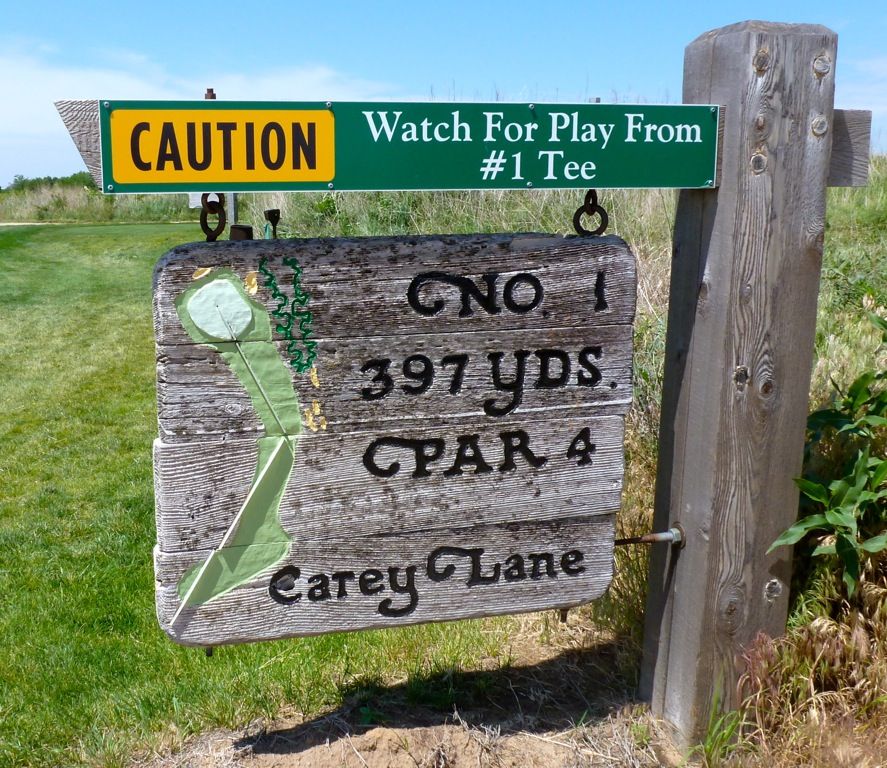
1st Tee:
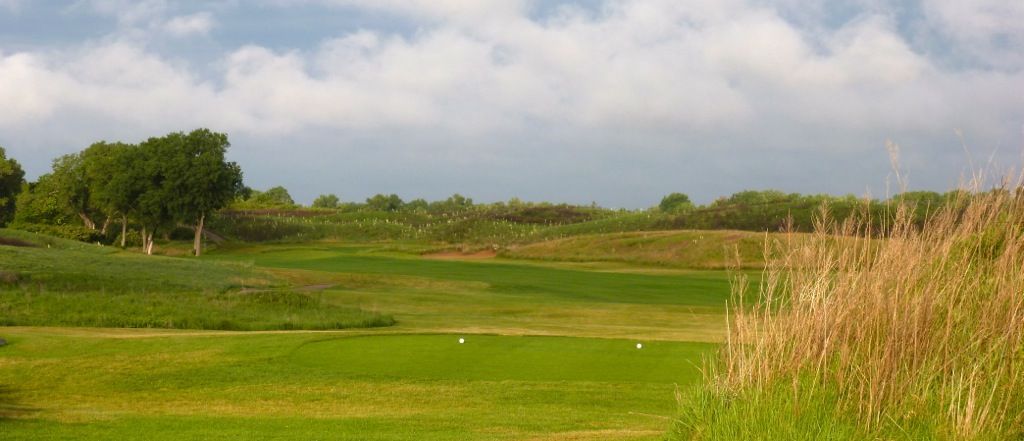
Looking back from fairway toward clubhouse:
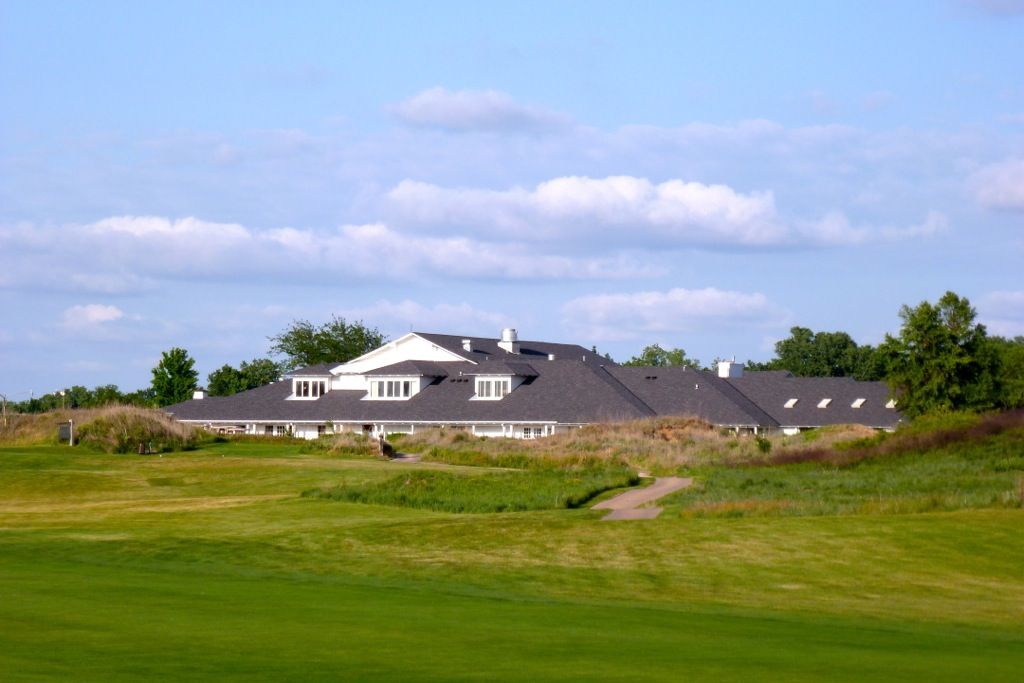
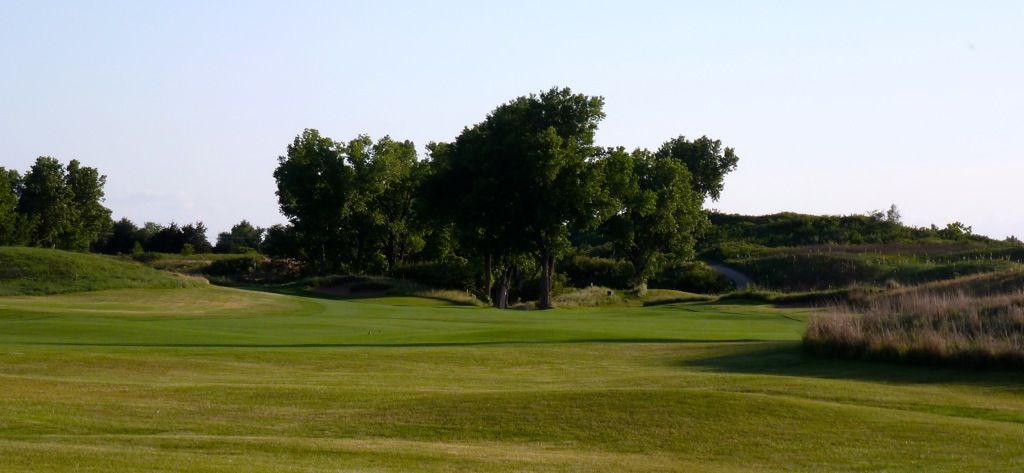
Approach from the inside of the dogleg leaves a shorter but semi-blind approach over the corner of a dune:

Approach from outside of the dogleg (bunker is a recent non-original but well-integrated addition). From here one has the option of running the ball onto the green, which lay in clear view:
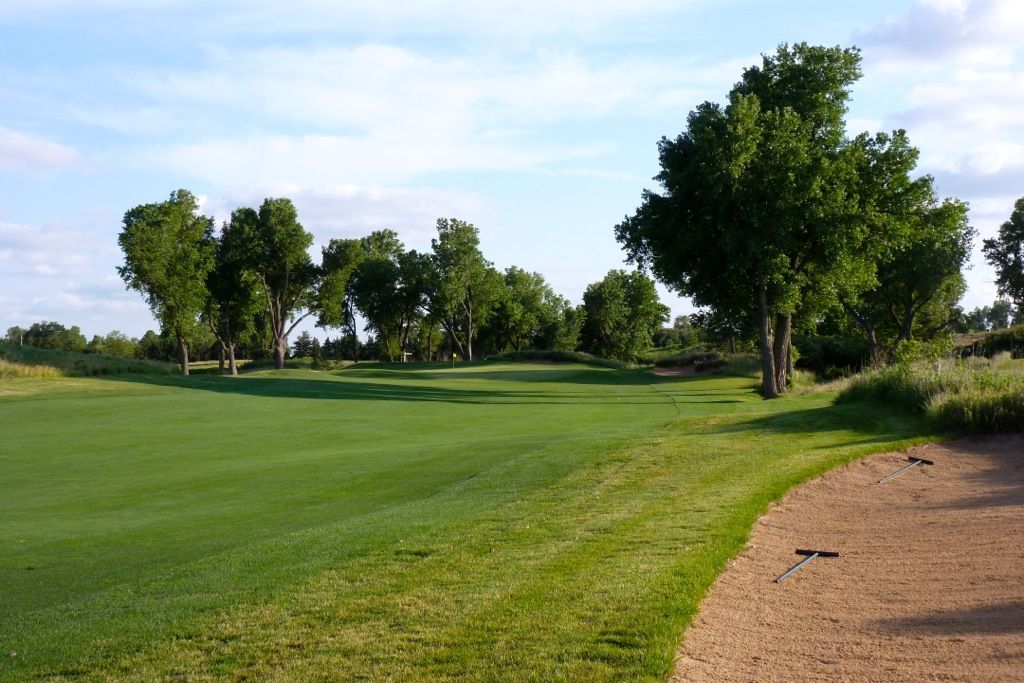
From short of green:
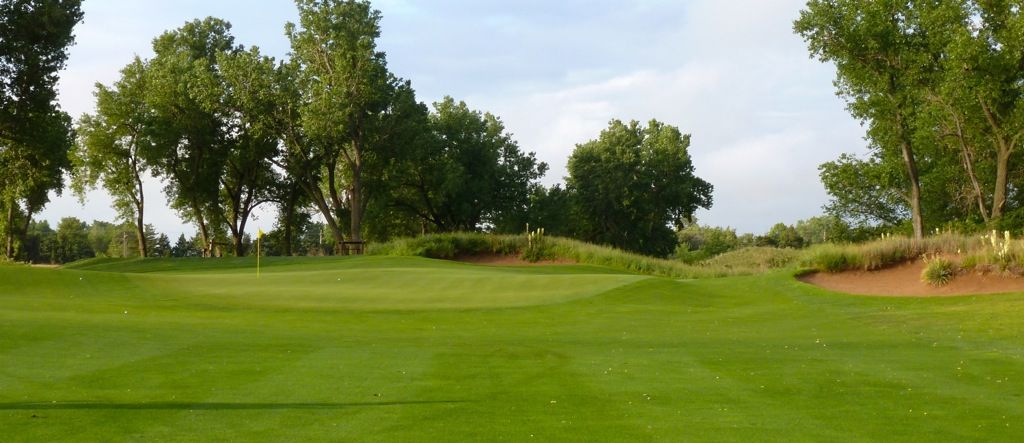
A bunch of looks at the green and the green site. On many courses the a green like the one found at the 1st would easily be the most severe on the golf course. At Prairie Dunes, it is just a sign of what is to come...
From short:
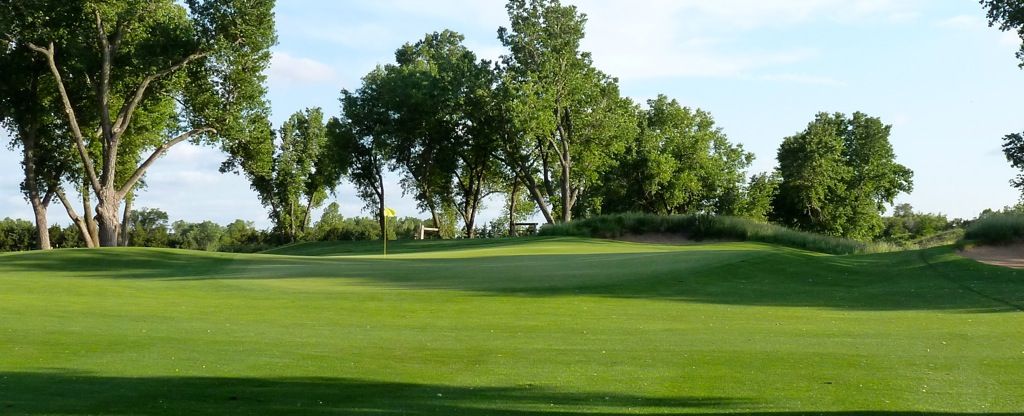
From short-left:
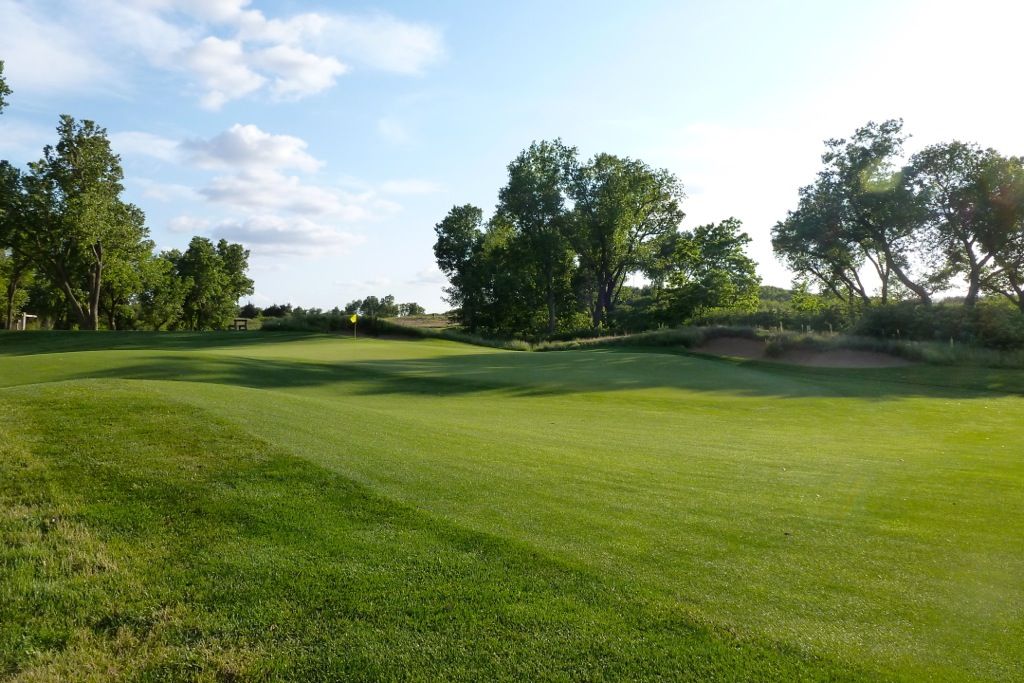
From left:
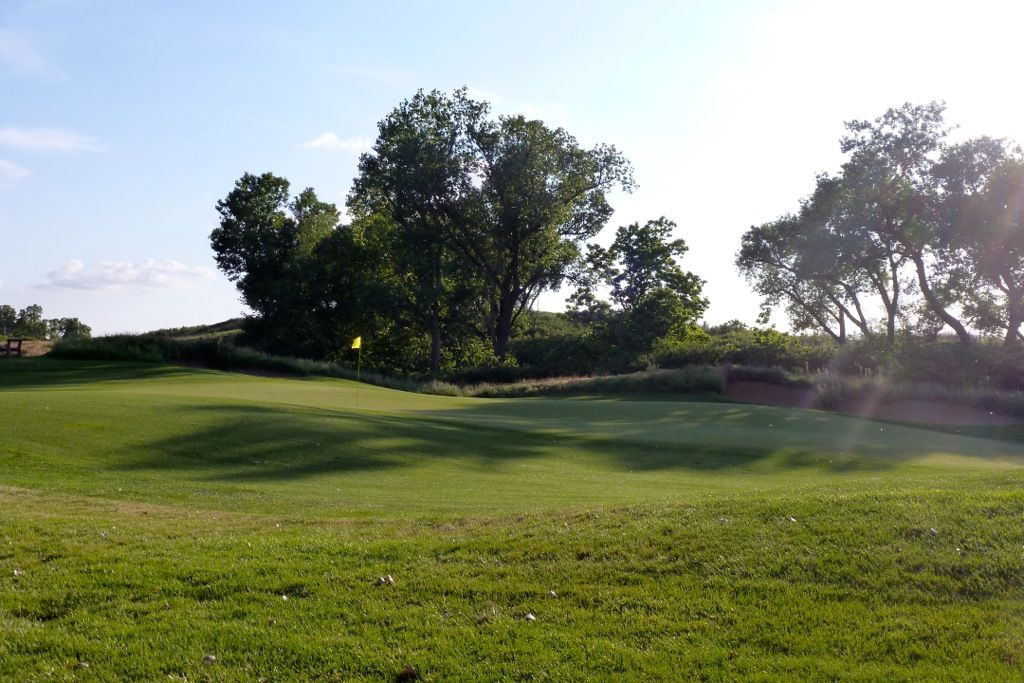
From right:
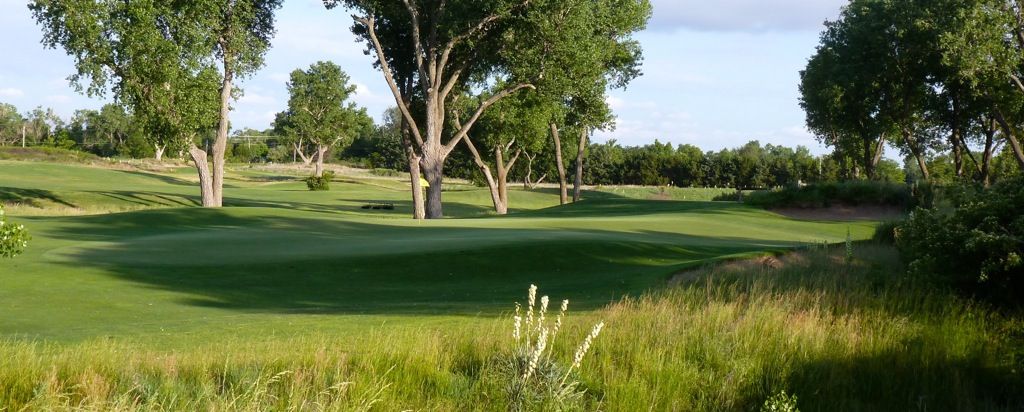
Back-Left:
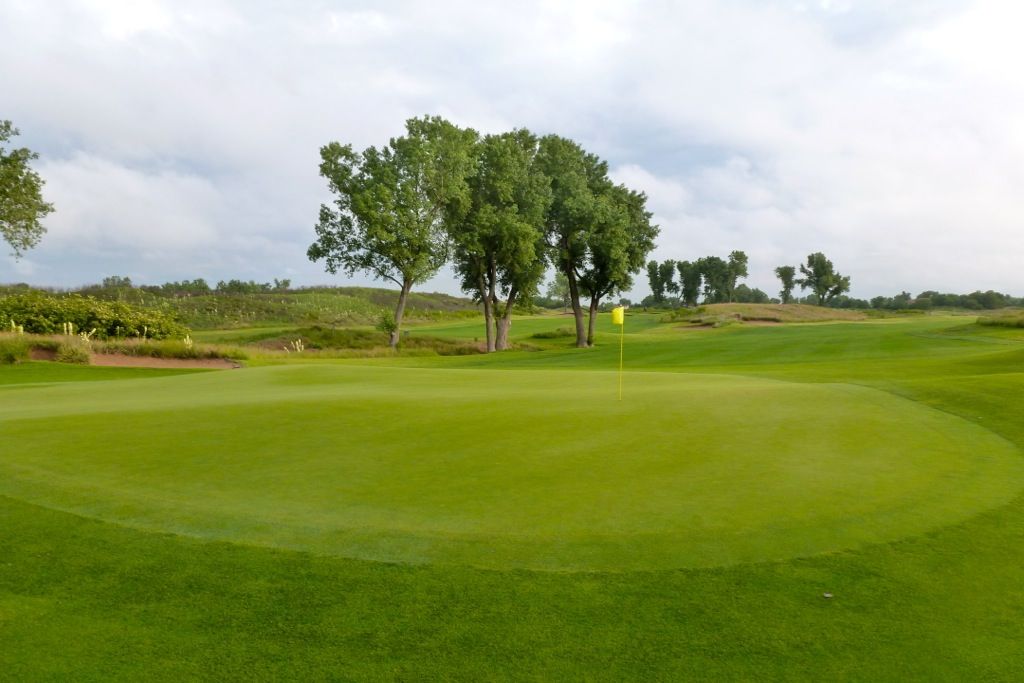
Behind:

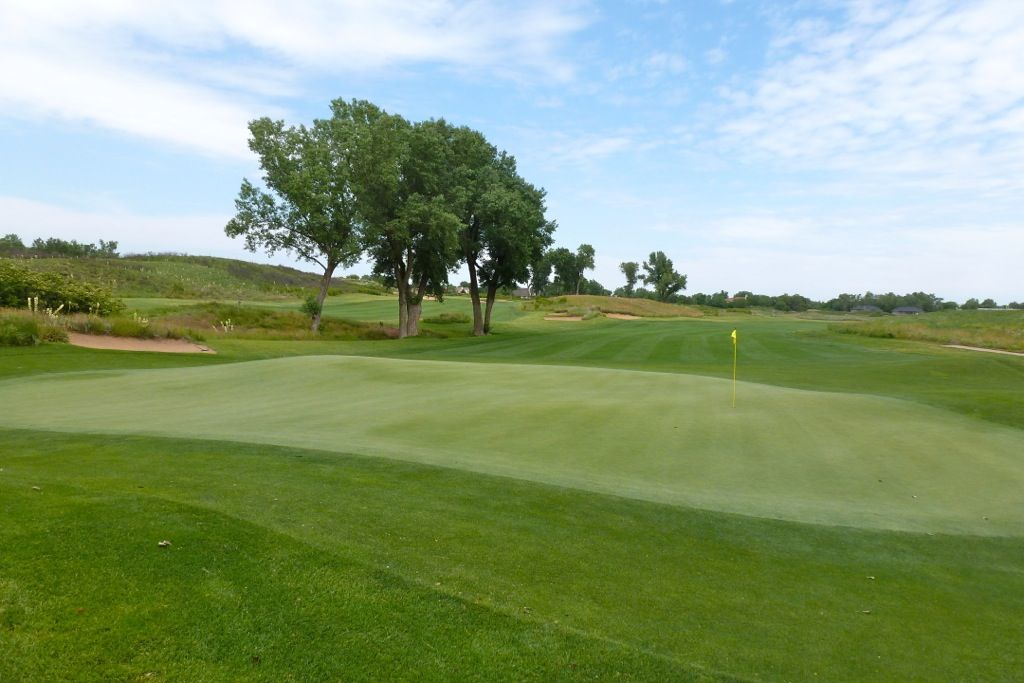
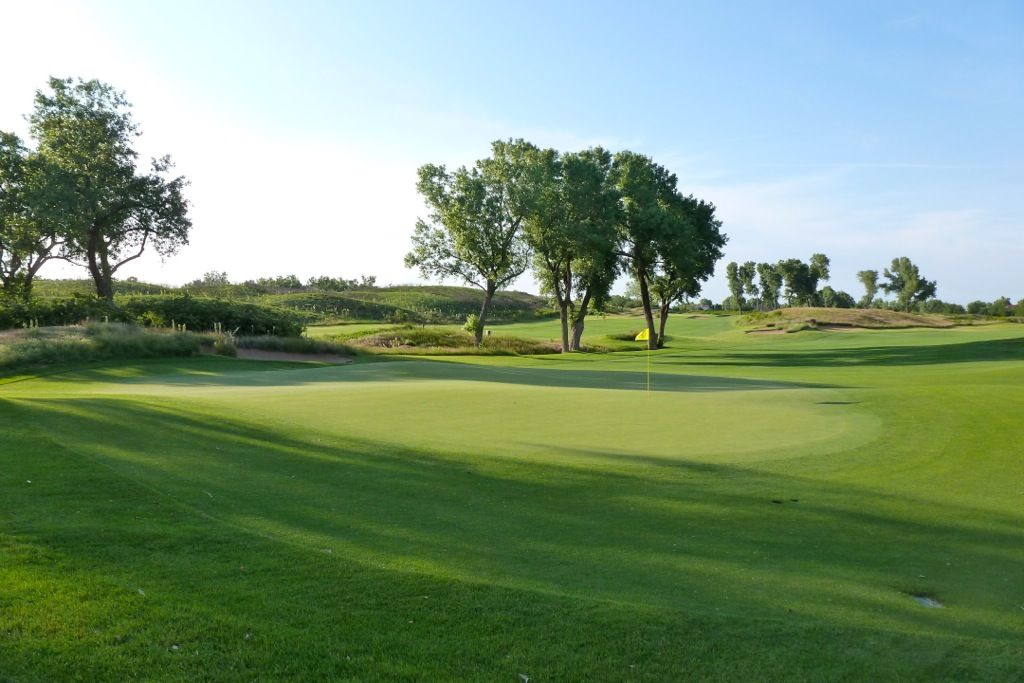
1st green with 3rd fairway in background:
